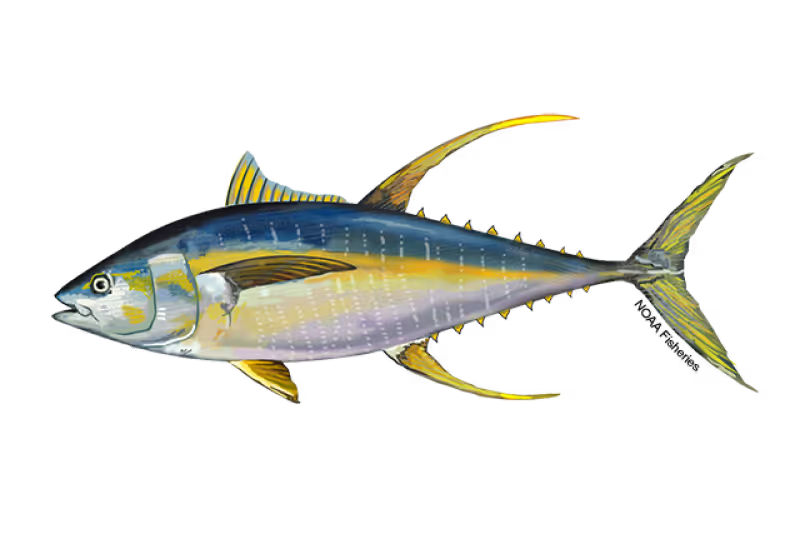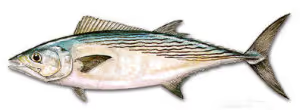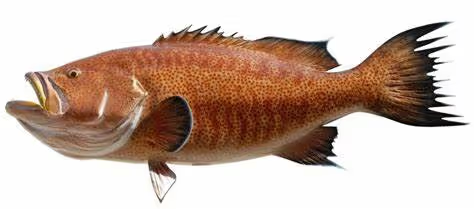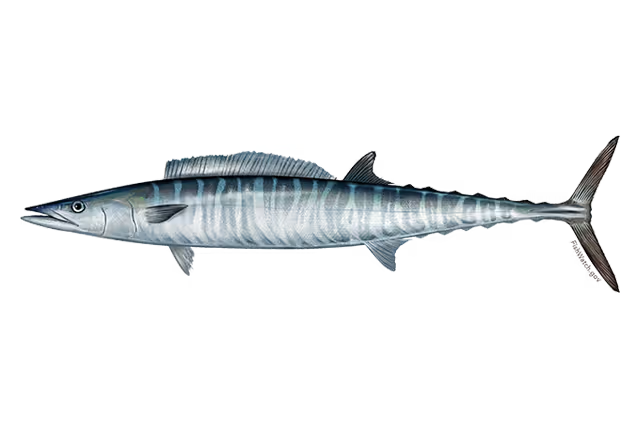Black Grouper
What can I expect if I catch one?
Black Grouper are some of the strongest and hardest-fighting grouper species you can catch in the Gulf of America. They are big, powerful, and aggressive, and once hooked, they will immediately try to retreat to structure, making them one of the toughest fish to land.
Can you eat them?
It’s highly sought after for its firm, flaky white meat and mild, slightly sweet flavor. Mild, clean, slightly sweet—less "fishy" than mackerel or tuna. Firm, meaty, and flaky—similar to Red Grouper, Snapper, or Halibut. Black Grouper is a top choice for grilling, frying, blackening, or baking.
How far out do we need to go to catch them?
Black Grouper are primarily an offshore species, meaning you’ll need to head at least 20-50+ miles offshore into the Gulf of Mexico to find them. They prefer deep ledges, reefs, wrecks, and rocky bottoms, making them a challenging but rewarding target. We recommend an 8 hour trip to target Black Grouper.























